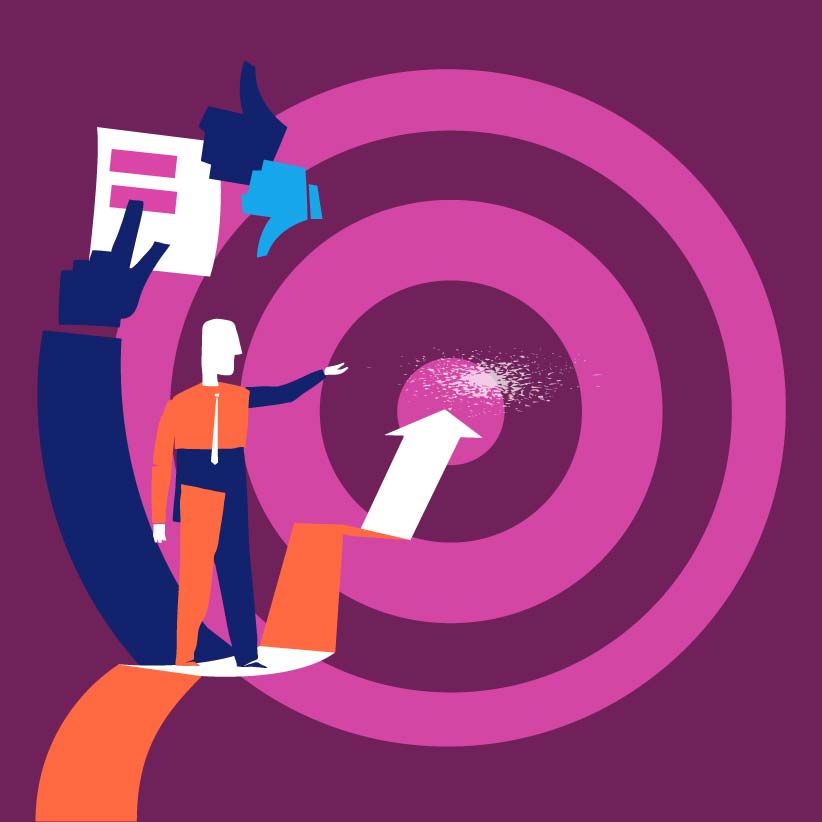Fewer Products vs. More Services
A possible new horizon for the world and for the Design.
Editor's Selection
- Comments:
- 1
- Votes:
- 1
- ES
The socioeconomic system of the occidental society was organised as a result of the Industrial Revolution of the XIX century. The utilisation of high productivity machines in the industrial processes made the massive production of consumer goods possible. These goods were suddenly affordable for a wide social sector marginalised until then. Thus, the technological progress made the invention of machines and tools that provided a noticeable improvement of the quality of life possible. The new middle class to whom theses goods were allocated to was also the new workforce that industrial society required.
This massively increased industrial production system -in essence, socially beneficial- also carries risks with it if it gets out of control. In effect, industries are planned to keep on producing goods, even if the peremptory needs are already widely met. Then, the relation that should exist between what can be produced and what society really needs is ruined. So, skilful plans are conceived to lumber the markets with all of the products. Programmed expiry dates and disposable products -that expect to produce improvements and more comforts- just give rise to useless and damaging wastes. This way, waste and pollution raise and this is the exact opposite to what our world needs. The things we use in any activity should be made to be with us for lots of years; not only for the evident socioecological factors, but also because we grow fond of those useful, loyal and efficient products that come with us in our day-to-day life. Urging us to replace them when they still work not only offends our intelligence but also infringes upon our sensitivity.
When a system that was born thanks to the conjunction of various factors, both social and technological, loses its way and is not ran with sense; it could also give cause to dangerous nonsense. If we want to avoid more productive chaos that not only exhausts the available natural resources but also compromises the ecological balance of the planet, we have to change radically our course. This is not about stopping the inventive creativity but reorienting it to other objectives. Without a doubt, the most immediate is to require the consume goods to:
-
Satisfy real necessities.
-
Produce more well-being.
-
Reduce the energy spending.
-
Use environment-friendly materials.
-
Be conceived for having a long useful life.
But it would not be just reconsidering the essence of what is produced. Looking for the improvement of the collective welfare, the creative, technological, productive and organisational potential that we have today should focus on other wider goals.
We have to go beyond the insensitive help materials give us. The industrial society has more than enough useful products that accomplish stereotyped operational programmes. What it lacks is other peculiar helps, less generic. We cannot keep on entrusting our quality of life to generic goods. We should open ourselves to other kind of closer helps, looking for a society system that is able to offer those services that the technological inventions would never provide us with.
We should change the course. Reverse the path. Impose new rules of the game that stimulate and make easier the creation of new services and that look after the various collateral problems that daily life entails. Close and specific services appropriate to the varied identities, cultures and problems we have. The improvement of our quality of life depends, above all, on one of its most personal attentions. Dependence is not just suffered by disabled people and elderly men; we all have (or will have) some “disability”, insignificant or important, that will make us need some kind of help. A palliative help that only a more personal treatment can provide. This is the new horizon we should look for. That support cannot be just the one institutional social services provide today. Civil society has the necessary creativity and audacity to get involved on it and provide other services. The collaborative economy is a good example of what social media that informs and connects makes possible. The sharing websites like the comparative ones open a new kind of more caring help. But not everything happens throw distant online contacts. Small (or big) business or simple personal services that provide simple, domestic and close benefits can appear. Thus, there is an atomisation and personalization of the aid activity. There are examples that show already how feasible these kinds of close and necessary services are; for example, the courier service or the babysitting, the catering, the coaching or, why not, even Telepizza. They are all services that have spontaneously emerged for meeting a real need we had, appropriate services that help with the small (or big) problems of the quotidian reality.
And what does design have to do related to this? In that contest, a new creative front would be opened for design in all its aspects because designing is detecting where is a scarcity or a problem and knowing how to solve it. This analytic capacity could be applied to detect what kind of new services are necessary and feasible for then contribute to implement them with all they need for working properly. This would be the role design could practise in this new plausible socioeconomic horizon.
Professional Excellence
If you are looking for content with this level of rigor, you will be interested in our academic offer. Courses designed to meet the real demands of the profession.
View Academic OfferShare
Please value the editorial work by using these links instead of reproducing this content on another site.

Topics covered in this article
What do you think?
Your perspective is valuable. Share your opinion with the community in the discussion.
Comment now!



